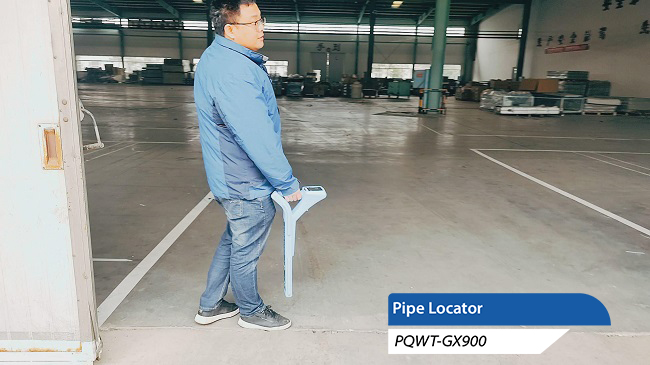Frequency selection is critical when detecting underground pipelines with the Pipe Cable Locator. When the proximal and distal ends of a pipeline are well grounded and form a loop, low frequency is preferred because low frequency signals propagate stably and are less susceptible to interference. However, when the ends are poorly grounded, the loop resistance is too high, or the low-frequency signals are difficult to couple, it is necessary to consider using intermediate, high, or radio frequencies for testing.

The choice of frequency is not set in stone, but needs to be flexibly adjusted according to specific circumstances. For high-resistance pipelines, such as communication cables, pipelines with corrosion-resistant layers and cast iron pipes, high frequency or radio frequency is more suitable. However, it should be noted that the higher the frequency, the easier it is for the signal to be sensed on other pipelines, and the propagation distance is relatively short. Therefore, in the detection of general pipelines and cables, medium frequency and high frequency is more common choice. These frequencies ensure signal propagation distance and reduce interference with other pipelines.
Low frequencies are more suitable for long distance tracing and well-insulated transmission pipelines. Low frequency signals have a long range and are less likely to sense other pipelines, making them particularly suitable for long distance pipeline detection.
The Pipe Cable Locator usually consists of two main parts: a transmitter and a receiver. The transmitter is responsible for applying a special frequency signal current to the pipe line under test, and common detection modes include the direct connection method, the induction method and the clamp method. The receiver, on the other hand, has a built-in induction coil that receives the magnetic field signal from the pipe and calculates the direction and path of the pipe from the induced current generated by the coil.
Receivers are usually equipped with multiple reception modes, such as peak mode, valley mode, wide peak mode, etc., to cope with different detection needs. More advanced instruments are also equipped with peak arrow mode and compass guidance, making operation more intuitive and able to more accurately indicate the direction of the pipeline.
The frequency selection and application principle of the Pipe Cable Locator is crucial to ensure the accuracy and reliability of the detection results. In practice, we need to flexibly select the appropriate frequency and detection mode according to the specific conditions of the pipeline and the detection needs, in order to realize the accurate detection and location of underground pipelines.








